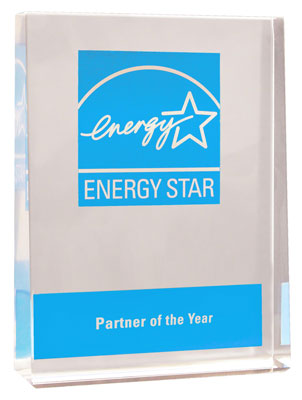
The U.S. Department of Agriculture Forest Service is set to review public comments on a 20-year Mining and Reclamation Plan of Operations that Drake Cement LLC penned with an eye to extracting 300,000 to 500,000 tons of natural pozzolan from a Kaibab National Forest parcel. The concrete-grade material deposit is part of the existing Williams Quarry, or “Frenchy Pit,” located nine miles northeast of Williams, Ariz. Forest staff is preparing an Environmental Assessment to analyze potential effects of mining activity and views public input as a crucial component of a thorough analysis and well-informed decision. The environmental review process entails multiple opportunities for interested parties to engage and provide comments.
Scottsdale, Ariz.-based Drake Cement proposes standard open-pit mining methods within a 65-acre project area that was specifically designed to exclude known archaeological sites and minimize potential impacts to cultural resources. An estimated 12 trucks per day would haul material from the site five days a week, bound for Interstate 40 via County Road 74.
Mining would parallel similar natural pozzolan production capacity pursuits from the Rockies and points west, where the material serves as an alkali silica reactivity-quelling substitute for Class F fly ash, and is increasingly recognized for its performance potential in cement-optimized mix designs. The Natural Pozzolan Association, chartered in 2018 to advance members’ market development interests and technical or standards measures, is tracking projects amounting to more than a million tons of new annual capacity.
ADMIXTURE SUPPLY CHAIN COLLIDES WITH COVID-19 TEST MATERIAL NEEDS
Domestic and overseas chemical processors and distributors indicated throughout 2020 Q4 potential price increases in the 40-75 percent range for sodium thiocyanate (NaSCN), a key compound concrete admixture producers use in non-chloride set accelerators, mid-range water reducers and strength-enhancing agents.
Reports from raw material sources paint a perfect storm of processing and shipping factors that will likely limit NaSCN availability through at least mid-2021, driving prices for the three admixture classes north. The white powder is typically derived from raw feeds including ammonium thiocyanate, the availability of which has been hit with a one-two punch: 1) production of the compound has diminished as plant operators in a principal market, petroleum coking, turn to alternative catalysts to abide tightening emissions regulations; and, 2) ammonium thiocyanate has found widespread use in Covid-19 testing. On top of upstream complications, overseas NaSCN suppliers are contending with shipping container shortages across Pacific Rim markets, plus difficulty piggybacking in available container space due to product handling and hazardous material designation.
